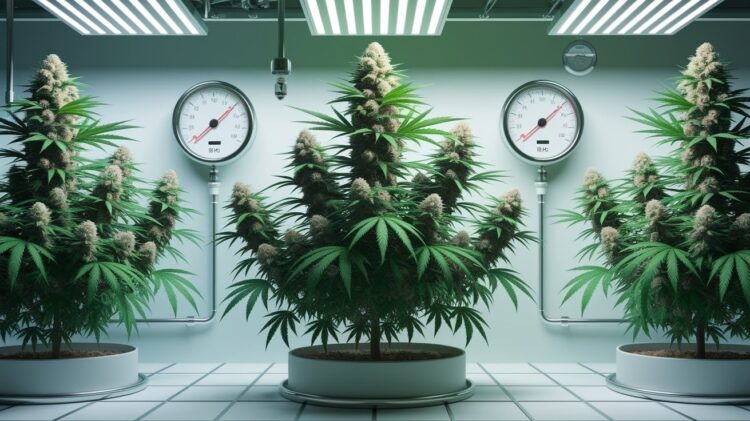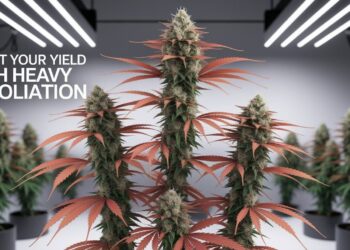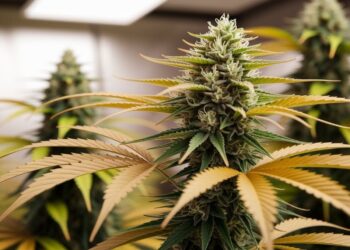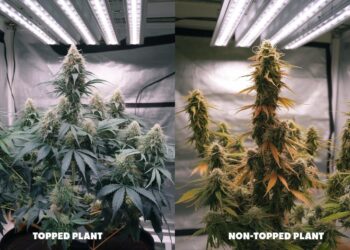Getting your flower VPD right can make or break your harvest. I learned this the hard way after losing an entire crop to mold because I ignored humidity during flowering.
Vapor Pressure Deficit (VPD) measures how much moisture the air pulls from your plants. It’s the secret weapon that separates amateur growers from professionals who consistently produce bigger yields and higher quality buds.
During flowering, proper VPD control enhances flower colors, boosts terpene production, and increases resin output. Your buds become stickier, more aromatic, and visually stunning.
This guide covers everything about flower VPD optimization with exact ranges, timing strategies, and troubleshooting methods developed through years of testing.
Trust comes from results. These techniques have helped me increase yields by 20% while reducing environmental problems. You’ll learn how to dial in your flowering environment for maximum quality and yield.
Standard VPD Guidelines for Flowering Stages
Getting the flower VPD right starts with knowing the exact numbers. I’ve tested these ranges across dozens of grows, and they work consistently.
Late Veg to Early Flower Transition

Your plants need gentle treatment during this critical switch. The VPD range of 0.8 to 1.1 kPa (7.5 to 10.5 mbar) gives them time to adapt.
Don’t shock your plants with sudden changes. I learned this after watching perfectly healthy plants wilt when I dropped the humidity too fast.
Start with higher humidity and gradually reduce it over 7-10 days. Temperature and humidity must work together.
If your room runs hot, you’ll need higher humidity to stay in range. Cold rooms need lower humidity.
Plant adaptation takes time. Your plants are switching from growth mode to flower production. This transition period determines how well they’ll perform for the next 8-10 weeks.
Mid to Late Flower Development
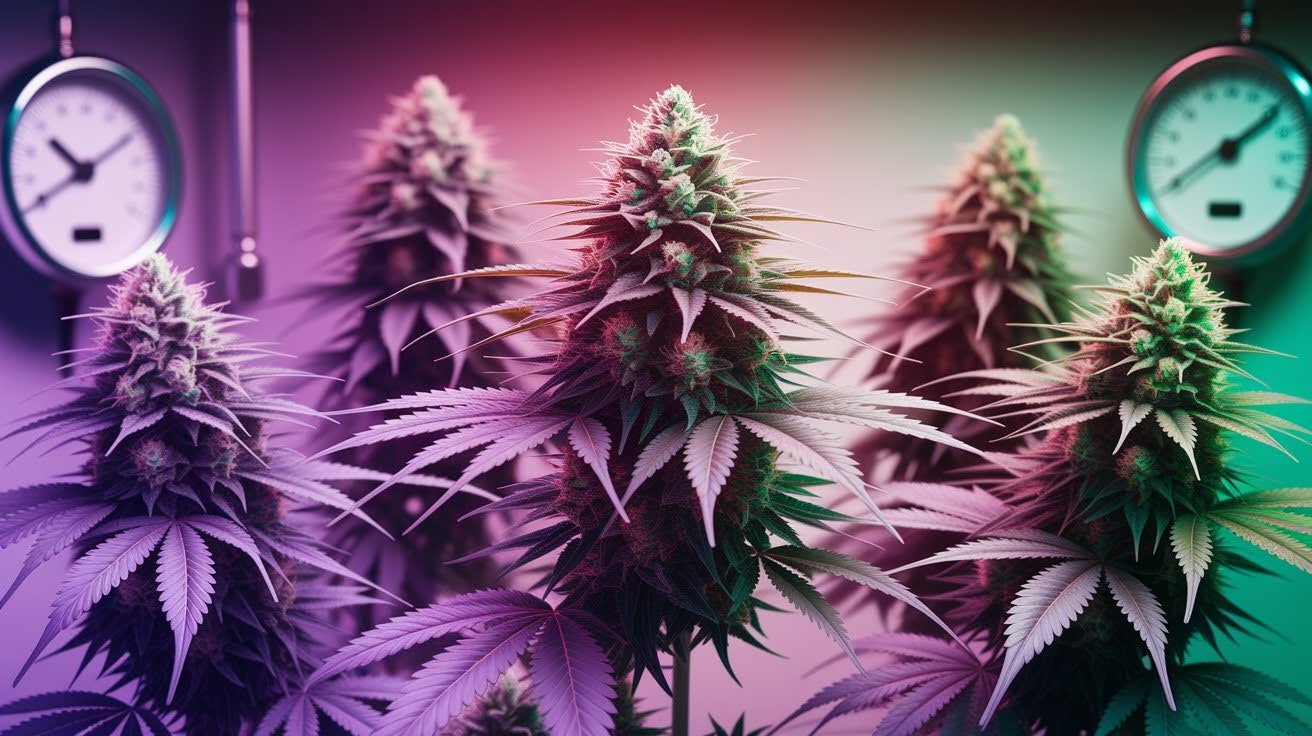
Now your plants can handle more stress. The VPD range of 1.0 to 1.3 kPa (9.5 to 12.5 mbar) pushes them to produce better quality buds.
Mature flowering plants love controlled stress. It triggers their survival instincts, producing more resin and stronger terpenes.
Think of it like working out – the right amount of stress makes you stronger. Lower humidity also prevents disease problems.
Mold and mildew hate dry conditions. I’ve seen too many growers lose crops in the final weeks because they kept the humidity too high.
Your buds will thank you for this drier environment. They’ll develop better colors, stronger smells, and stickier resin.
Advanced Flowering VPD Strategies
Most growers can succeed with simple approaches. But if you want to push quality to the limit, these advanced strategies deliver exceptional results.
Two-Step Flower Approach
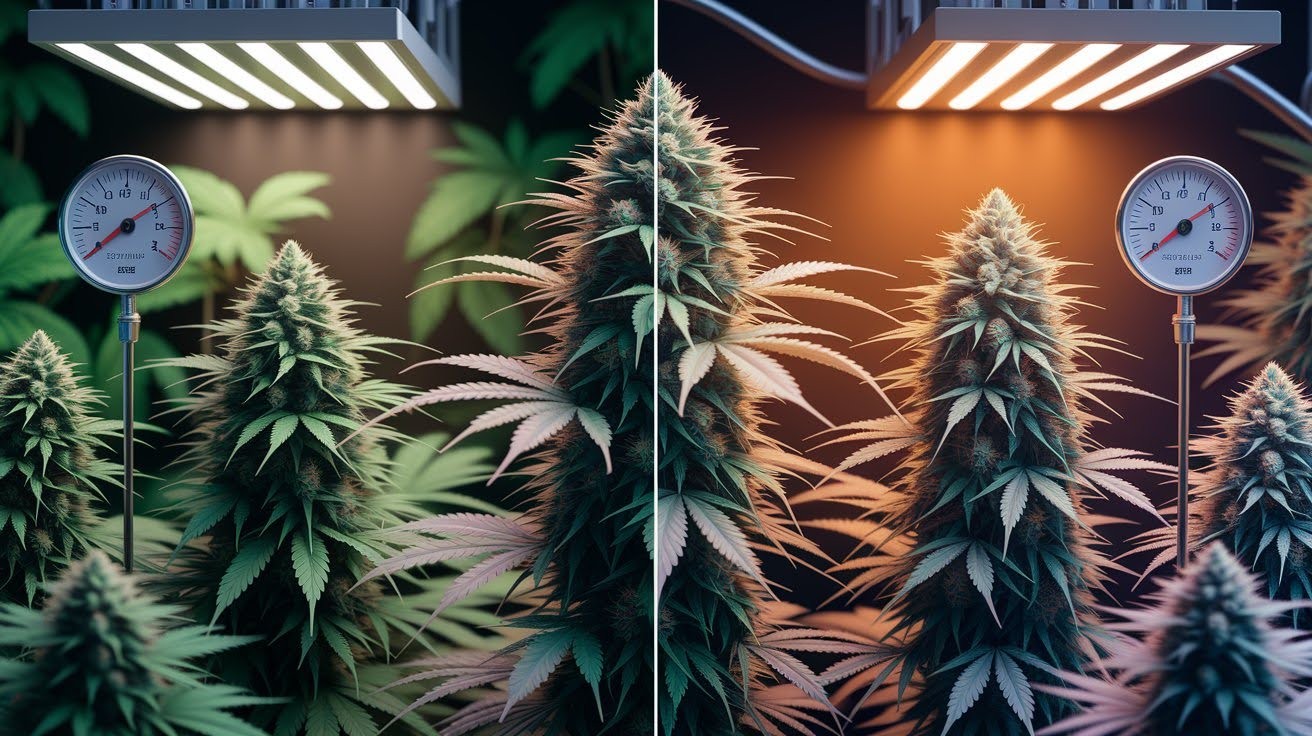
This method works perfectly for smaller operations or new growers. Just two VPD ranges to remember and manage.
Early flower stays at 0.8 to 1.1 kPa (7.5 to 10.5 mbar). Simple and safe. Your plants get comfortable with flowering without stress.
Mid and late flower jumps to 1.0 to 1.3 kPa (9.5 to 12.5 mbar). One adjustment, consistent results. I recommend this approach if you’re running your first few flower cycles.
The beauty is simplicity. Less room for error means more consistent harvests. You’ll still get excellent quality without overthinking the process.
Three-Step Flower Progression
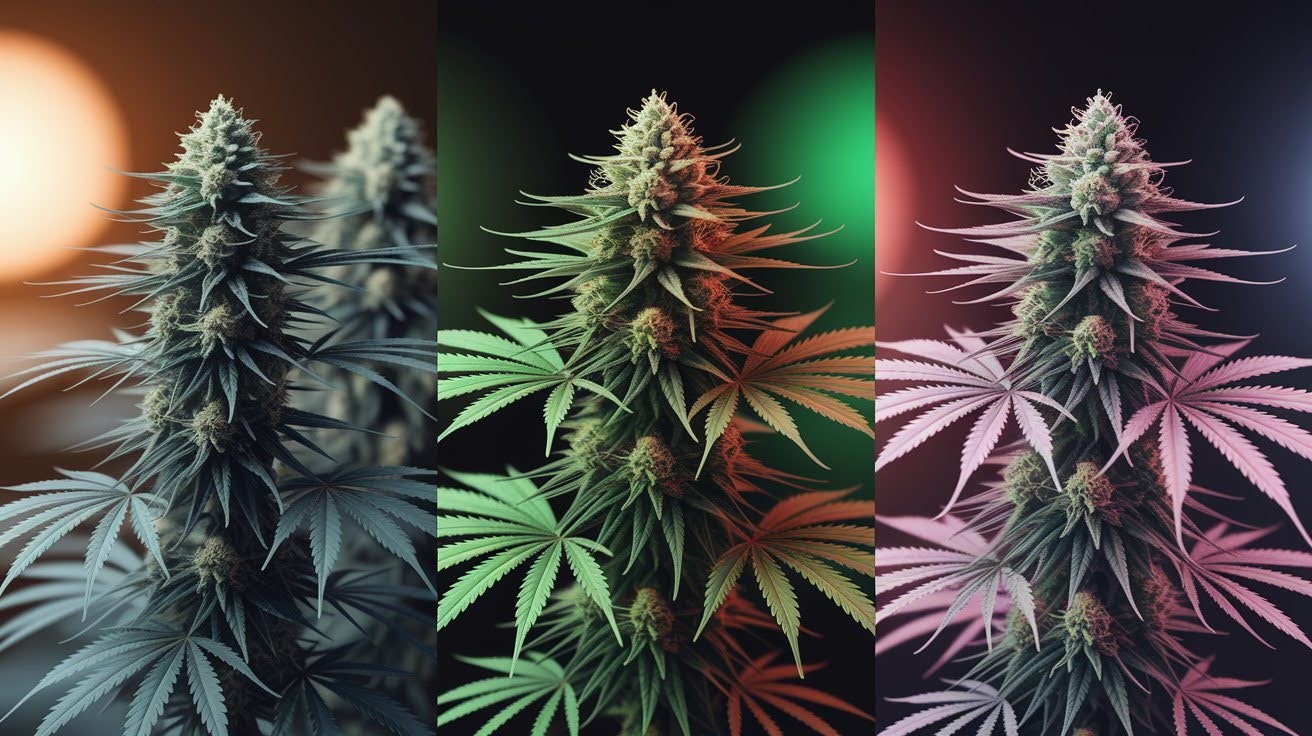
Experienced growers only. This method requires careful monitoring and quick adjustments. But the quality improvements are worth the extra work.
Early flower: 0.8 to 1.1 kPa (7.5 to 10.5 mbar) Mid flower: 1.0 to 1.3 kPa (9.5 to 12.5 mbar)Late flower: 1.3 to 1.6 kPa (12.5 to 15.5 mbar)
That final push matters. The highest VPD in late flower creates the most dramatic color changes and resin production. But watch your plants closely – some strains can’t handle the stress.
I’ve seen this method produce trophy-quality buds that win competitions. The extra attention creates results you can’t get any other way.
Humidity Recommendations for Flower VPD
VPD means nothing without proper humidity control. Here’s how to dial in your environment for each flowering stage.
Relative Humidity Targets by Flower Stage
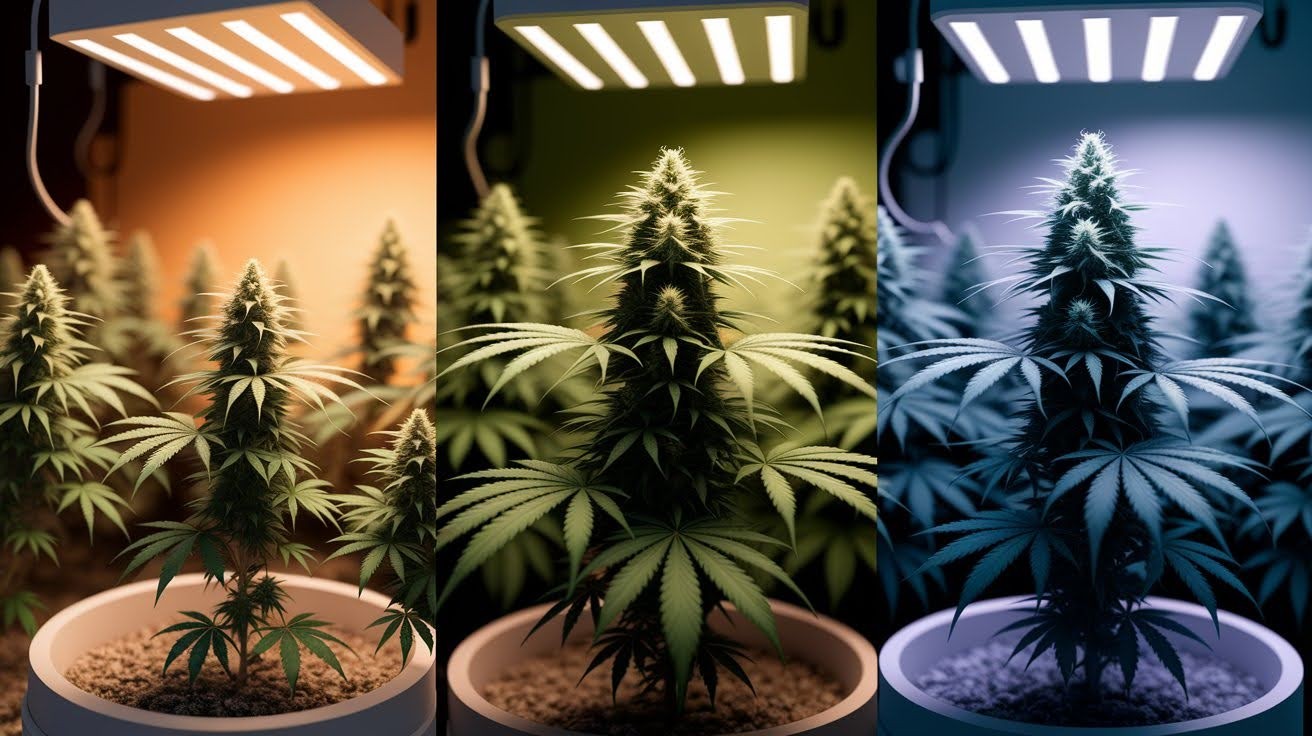
Early flower needs 65-70% RH for optimal conditions. This might seem high, but remember – you’re transitioning from vegetative humidity levels.
Mid-flower drops to 55-65% RH. Your plants are stronger now and can handle drier air. This range prevents most disease problems while maintaining healthy growth.
Late flower pushes down to 50% RH or below. This is where the magic happens. Low humidity triggers color changes and maximum resin production.
Temperature coordination is critical. Higher temperatures require higher humidity to maintain proper VPD. Lower temperatures work with lower humidity.
Environmental Condition Examples
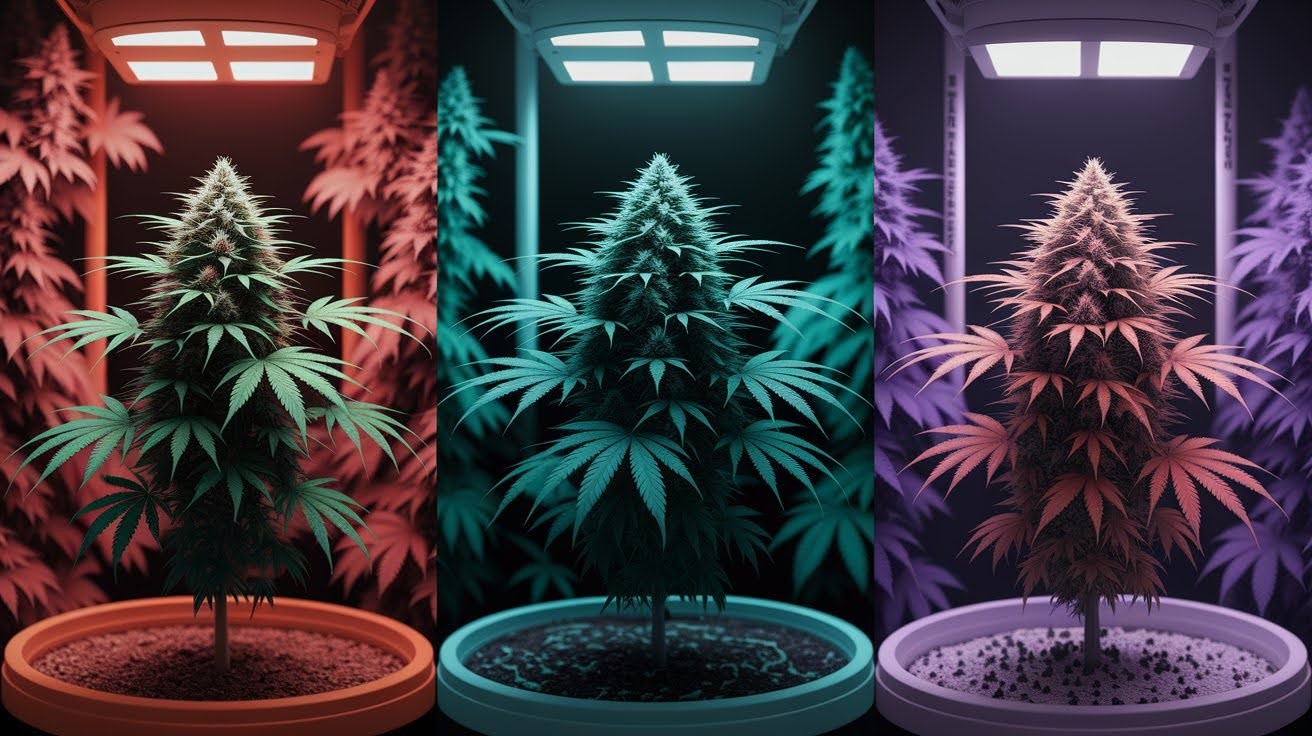
Real-world examples help you understand how temperature and humidity work together:
86°F (30°C) at 75% RH equals approximately 1.0 kPa. Hot and humid, but still in the sweet spot.
68°F (20°C) at 55% RH also equals approximately 1.0 kPa. Cool and dry, you are achieving the same VPD.
75°F (23.9°C) at 50% RH reaches approximately 1.4 kPa. Perfect for late flower stress and quality enhancement.
Same VPD, different conditions. This shows why VPD matters more than individual temperature or humidity numbers. Your plants care about the relationship between both factors.
Common VPD Problems and Solutions During Flowering
High VPD causes wilting, nutrient burn, and leaf rolling – fix it by adding humidity, cooling the room, dimming lights, and diluting nutrients by 25-30%.
High VPD Issues and Corrections
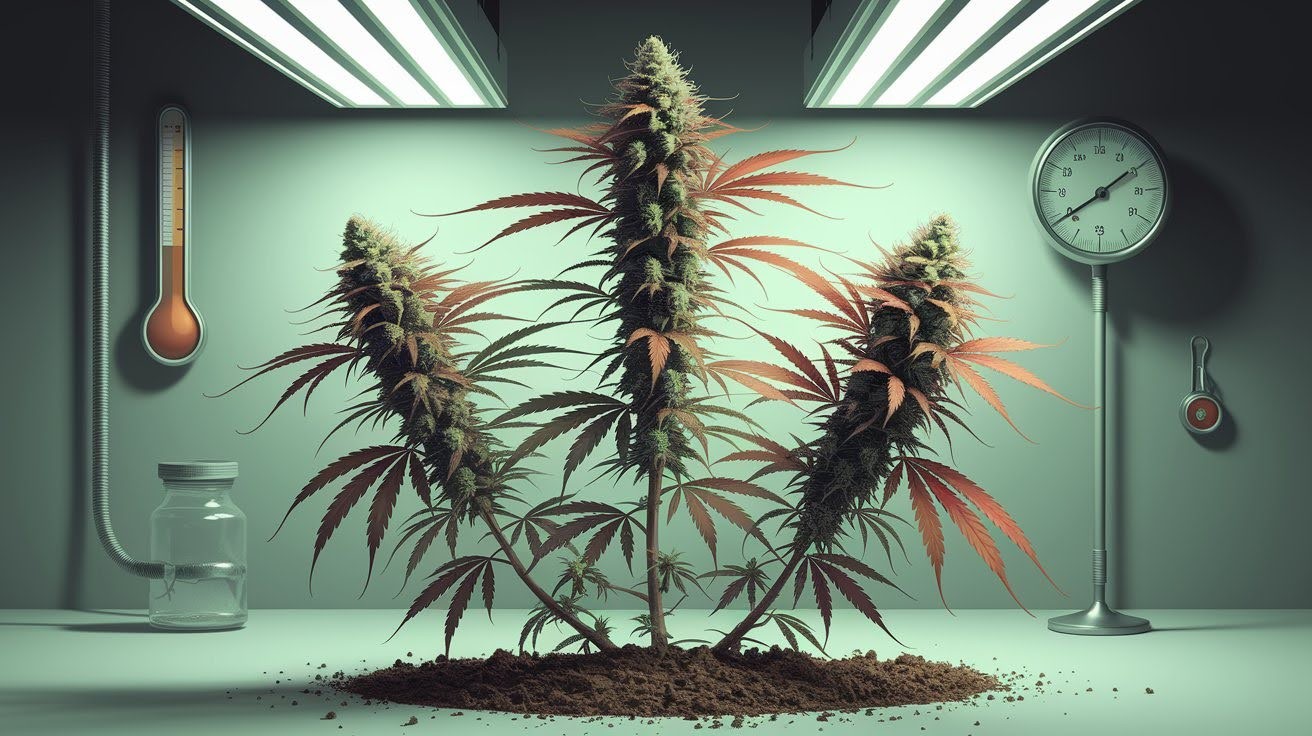
Too much stress kills plants. I’ve watched healthy crops turn into disasters when VPD gets too high. Wilting happens fast when plants can’t keep up with water demand.
Nutrient burn appears as plants pull nutrients too quickly. Stomata slam shut as protection, killing photosynthesis and slowing growth.
Leaf rolling is the final warning – leaves curl inward to reduce light exposure. Don’t ignore these signals, or you’ll lose yield and quality.
Solutions include adding humidifiers to pump moisture back, cooling your room through AC or ventilation, dimming lights to reduce leaf temperatures, and diluting nutrients by 25-30% for high transpiration rates.
Low VPD Challenges and Remedies
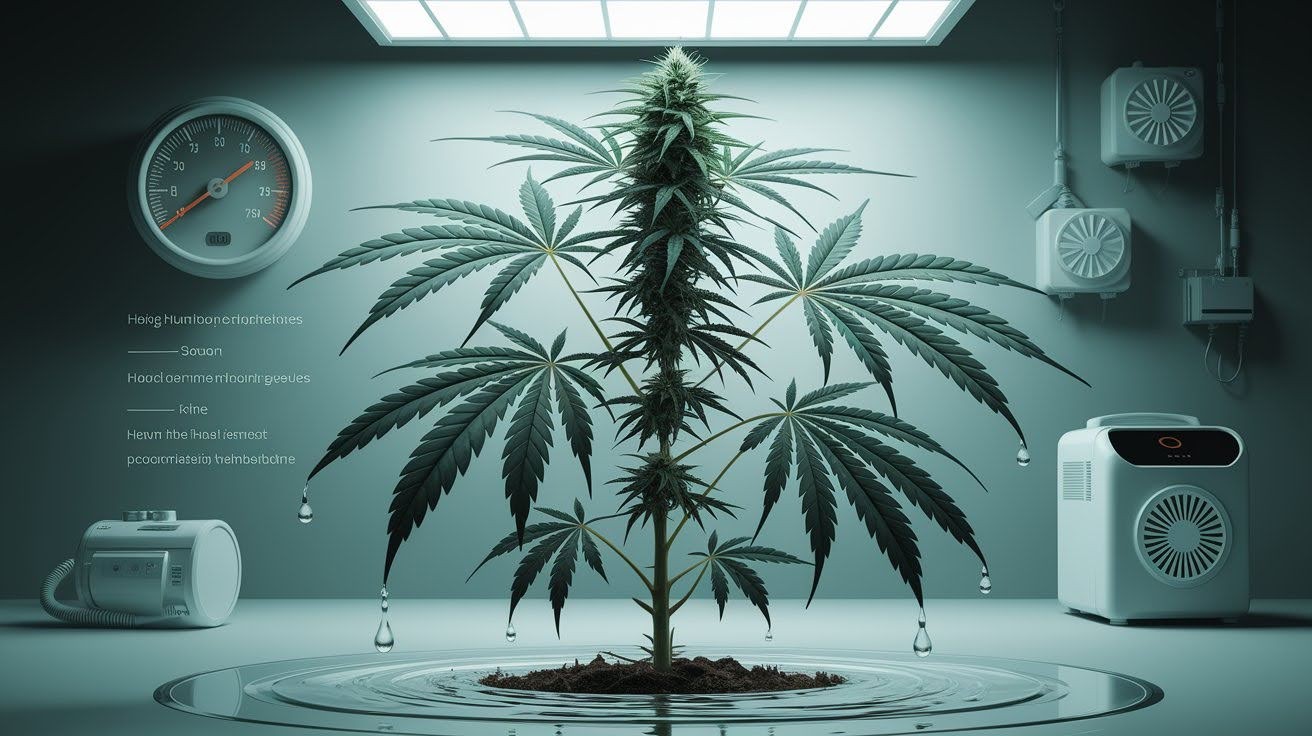
Soggy plants grow poorly and create serious problems. Water droplets on leaves are the first red flag – air can’t hold more moisture, so it condenses on surfaces.
Growth slows because plants can’t move water properly from roots to leaves. Mold loves wet conditions and spreads like wildfire once it starts. Plant tissues become weak and soft.
Solutions include running dehumidifiers constantly during flowering, raising temperatures carefully since warmer air holds more moisture, installing fans above and around the canopy for air movement, and monitoring VPD constantly.
Prevention beats reaction every time, so catch problems before they damage crops.
Disease Management Related to VPD
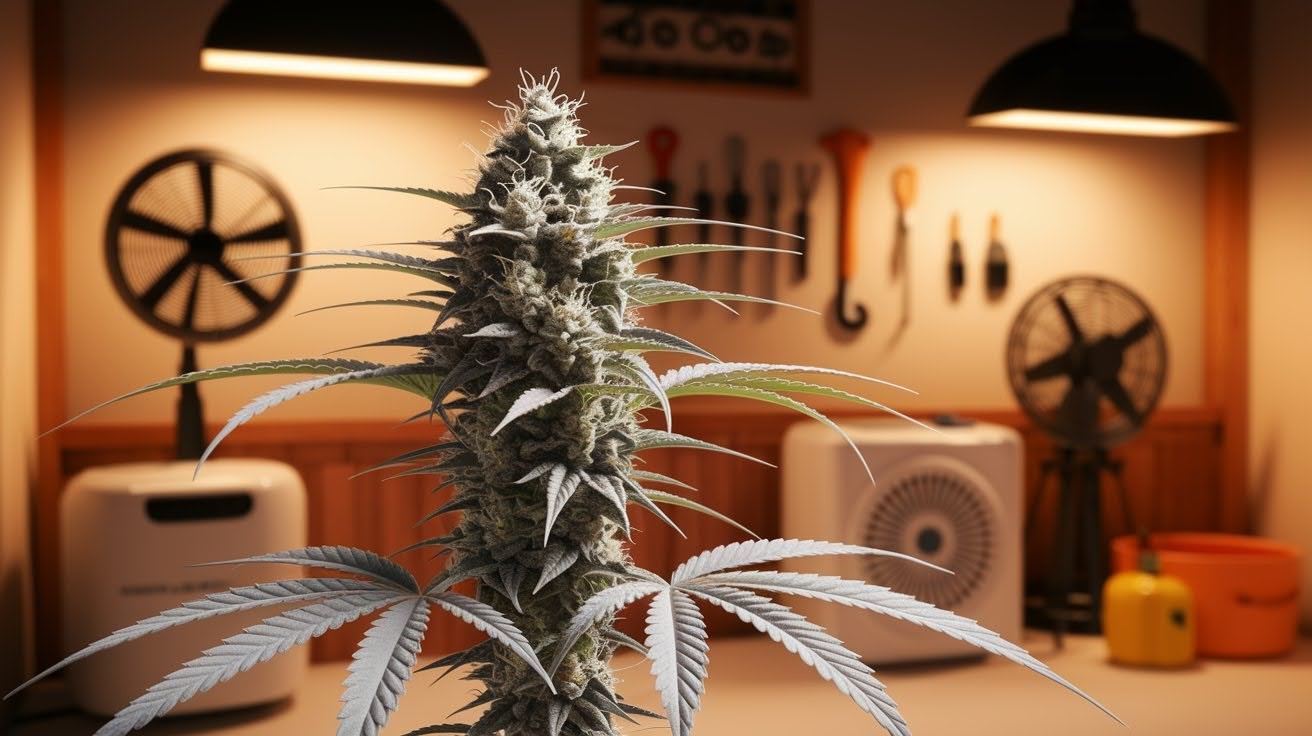
Environmental diseases destroy more crops than pests. Botrytis and powdery mildew love high humidity with poor air movement.
VPD below 0.8 kPa creates perfect disease conditions as moisture sits on surfaces long enough for spores to grow.
Airflow matters more than most growers realize – I run fans 24/7 during flower. Clean rooms between crops because spores hide everywhere.
Stressed plants attract pests, while proper VPD creates healthy plants that resist attacks naturally.
Spider mites love dry conditions, so balance is key – dry enough to prevent mold but not so dry that mites thrive. Environmental control prevents more problems than sprays.
Conclusion
You now have the complete roadmap to flower VPD success. From understanding the basics to troubleshooting common problems, these proven techniques will transform your flowering results.
Remember the key ranges: 0.8-1.1 kPa for early flower, 1.0-1.3 kPa for mid-late flower. Monitor your environment closely and adjust gradually rather than making sudden changes.
Your flowering problems are solved. With proper VPD control, you’ll see bigger yields, better colors, stronger aromas, and healthier plants. The difference in quality will be obvious from your first harvest.
Start implementing these flower VPD strategies today. Begin with the two-step approach if you’re new to VPD management.
What’s your biggest VPD challenge? Share your experiences in the comments below – your insights help fellow growers achieve better results too.
Frequently Asked Questions
What is the ideal flower VPD range for cannabis plants?
For early flowers, maintain 0.8-1.1 kPa (7.5-10.5 mbar). Mid to late flower should be 1.0-1.3 kPa (9.5-12.5 mbar). Advanced growers can push late flower to 1.3-1.6 kPa for maximum resin production and color development. Always adjust gradually to avoid plant stress.
How do I calculate flower VPD for my grow room?
You need room temperature, humidity, and leaf temperature. Use the formula: SVP x (1 – RH/100) = VPD. Leaf temperature is typically 3-5°F cooler than room temperature. Online VPD calculators and charts make this process much easier for daily monitoring.
What humidity levels should I maintain during flowering?
Start with 65-70% RH in early flower, drop to 55-65% RH in mid flower, and finish at 50% RH or below in late flower. These humidity levels, combined with proper temperature control, create the ideal VPD ranges for healthy flower development.
What are the signs of incorrect flower VPD?
High VPD causes wilting, nutrient burn, stomata closure, and leaf rolling. Low VPD creates moisture buildup on leaves, slow growth, mold susceptibility, and weak plant tissues. Monitor your plants daily for these visual indicators and adjust the environment accordingly.
Can the wrong flower VPD affect final harvest quality?
Absolutely. Proper flower VPD enhances color development, increases terpene production, improves resin output, and creates bigger, healthier buds. Wrong VPD can reduce yields by 20% or more while increasing disease risks and decreasing overall flower quality significantly.

